Every skin, regardless of age, requires proper care tailored to its current needs. Over the years, its structure, hydration levels, firmness, and ability to regenerate change, so it is crucial to use treatments adapted to the specific stage of life. Professional therapies help the skin maintain a healthy and radiant appearance by providing it with essential nutrients, supporting natural repair mechanisms, and combating signs of aging. Younger skin primarily needs protection and hydration, while mature skin requires intensive regeneration and stimulation of rebuilding processes.
Appropriate treatments not only correct existing changes such as loss of firmness, wrinkles, discoloration, or uneven skin tone but also act preventively, preventing their deepening. Modern methods allow for improving skin elasticity, smoothing its texture, evening out the complexion, and increasing resistance to external factors.
Regular age-appropriate skincare allows for maintaining the skin in good condition, strengthening its protective barrier, and ensuring long-lasting effects of healthy, fresh, and radiant complexion. Properly selected treatments support its regeneration at every stage of life, making it look younger, more toned, and radiant.
CHOOSE AGE
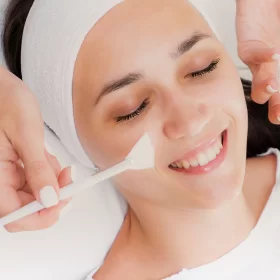
Young teenagers' skin often struggles with excessive sebum production, enlarged pores, and a tendency towards impurities and blackheads, especially in the T-zone (forehead, nose, chin). During puberty, due to hormonal changes, the skin may become oily, shiny, prone to acne, and inflammation. Inadequate skincare or using aggressive cosmetics can further irritate the skin and disrupt its balance. Proper cleansing and sebum-regulating treatments help reduce oiliness, tighten pores, prevent imperfections, and support healthy-looking skin.
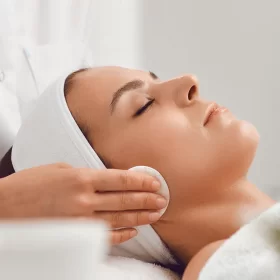
Young teenage skin often struggles with excessive sebum production, enlarged pores, and a tendency towards impurities and blackheads, especially in the T-zone (forehead, nose, chin). During adolescence, under the influence of hormonal changes, the skin can become oily, shiny, prone to acne, and inflammation. Improper care or the use of aggressive cosmetics can further irritate the skin and disrupt its balance. Proper cleansing and sebum-normalizing treatments help reduce oiliness, shrink pores, prevent imperfections, and support healthy-looking skin.
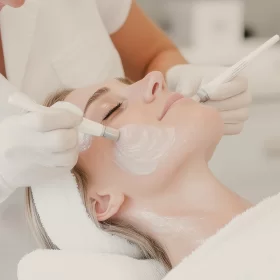
After the age of 30, the skin starts to regenerate more slowly, loses its radiance, becomes drier and rougher, and fine lines and wrinkles around the eyes become more visible, mainly due to lack of moisture and weakening of the protective barrier. Disrupted keratinization process can lead to changes in skin tone, deterioration of skin structure, appearance of hyperpigmentation and dilated blood vessels, especially if the skin wasn't adequately protected from UV radiation. Moisturizing, anti-aging, and brightening treatments can help smooth out the first wrinkles, improve skin texture, even out its tone, and restore its fresh, radiant appearance.
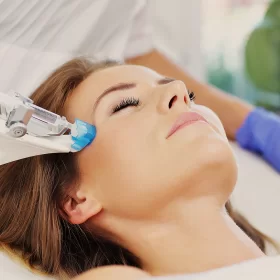
After the age of 40, the body's ability to regenerate tissues decreases, and the mechanisms regulating skin function slow down, leading to loss of firmness, elasticity, and tension. The skin becomes thinner, more prone to wrinkles, facial sagging, and uneven texture, significantly affecting its appearance. This process is further accelerated by UV radiation, oxidative stress, and a decrease in collagen and elastin production, weakening the skin's structure and causing it to sag. Modern firming and regenerative treatments, such as collagen stimulation, lifting technologies, and intensive nourishing therapies, help densify the skin, restore its tension, improve facial contours, and delay the aging processes.
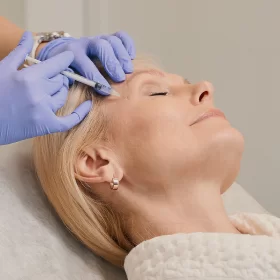
Mature skin shows signs of aging caused by both exogenous factors, resulting from external influences, and endogenous factors, determined by genetic predispositions and the biological clock. The epidermis becomes thinner, while the stratum corneum thickens, leading to a dull, greyish complexion, loss of radiance, and weakened regenerative abilities. Decreased production of collagen, elastin, and lipids results in increased skin sagging, deeper wrinkles, and loss of density and elasticity. Advanced nourishing, stimulating, and lifting treatments help restore firmness, improve skin tension, even out the complexion, giving the face a younger, fresher look.

